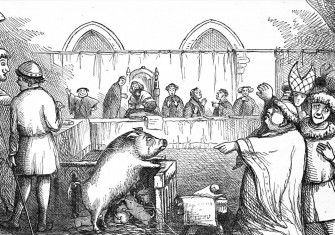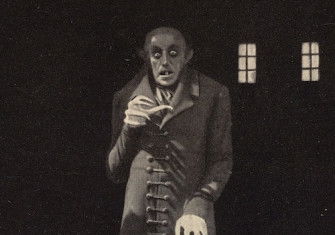The Prehistoric Horses of Lascaux
What’s the meaning of the galloping herds painted on the walls of Lascaux’s cave system?

On 8 September 1940, Marcel Ravidat was walking through the woods near his home in Montignac when his dog, Robot, suddenly disappeared. After a hasty search, Marcel found him at the bottom of a shallow pit. When Marcel jumped down to rescue the frightened dog, however, he noticed a small, very deep hole. His heart leapt. Legend had it that a secret tunnel leading to a nearby chateau was hidden somewhere around there – and he felt sure this was it. Four days later, he came back to explore with three friends. Squeezing through the narrow opening, they gingerly worked their way down a 15m shaft, until they found themselves standing in an enormous cave. At first, they struggled to see much by the pale light of their oil lamp. All of a sudden, one of them gave a cry and pointed at the wall. To their amazement, ranged along the length of the cavern was a vast cavalcade of animals, painted in the most vivid colours.







